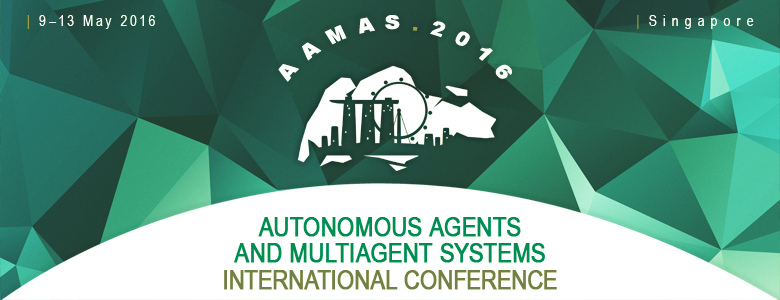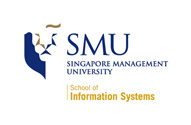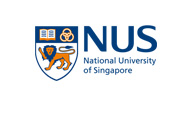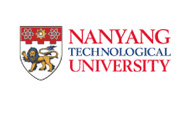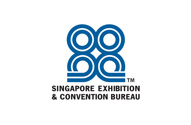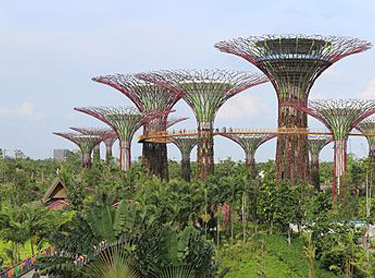 Official Website Official Website |
|
Gardens by the Bay is an integral part of a strategy by the Singapore government to transform Singapore from a "Garden City" to a "City in a Garden". The stated aim is to raise the quality of life by enhancing greenery and flora in the city.
One of the highlights in Gardens by the Bay is its Cooled Conservatories, Flower Dome and Cloud Forest. In fact, the Flower Dome was listed in the 2015 Guinness World Records as the largest glass greenhouse in the world!
|
| |
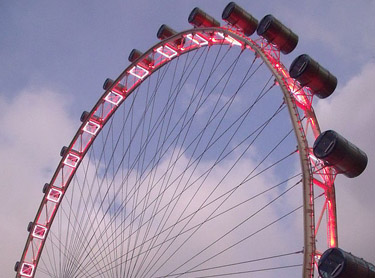 Official Website Official Website |
|
The Singapore Flyer is a giant Ferris wheel in Singapore and was officially opened on 15 April. It has 28 air-conditioned capsules, each able to accommodate 28 passengers, and incorporates a three-storey terminal building.
The Flyer has an overall height of 165 metres (541 ft) and was the world's tallest Ferris wheel until the 167.6 m (550 ft) High Roller, which is 2.6 m (9 ft) taller than the Flyer, opened on the Las Vegas Strip in Nevada, US, on 31 March 2014.
|
| |
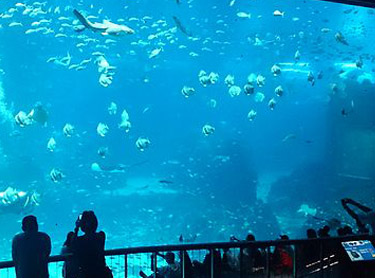 Official Website Official Website |
|
Marine Life Park is a part of Resorts World Sentosa, Sentosa, situated in southern Singapore. The 8-hectare (20-acre) park houses two attractions, the S.E.A Aquarium and the Adventure Cove Waterpark, and features the largest oceanarium in the world.
|
| |
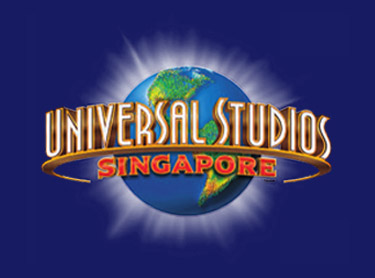 Official Website Official Website |
|
Universal Studios Singapore is a theme park located within Resorts World Sentosa on Sentosa Island, Singapore. It was a key component of Genting’s bid for the right to build Singapore’s second integrated resort.
Universal Parks & Resorts markets the park as a "one-of-its-kind theme park in Asia" and promises that the park will be the only one of its kind in Southeast Asia for the next 30 years.
|
| |
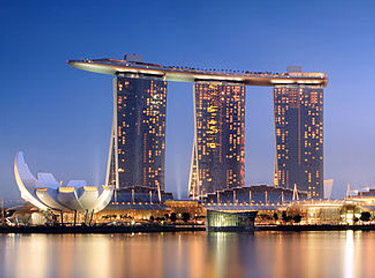 Official Website Official Website |
|
Marina Bay Sands is an Integrated Resort fronting Marina Bay in Singapore. Developed by Las Vegas Sands, it is billed as the world’s most expensive standalone casino property at S$8 billion, including cost of the prime land.
|
| |
 Official Website Official Website |
|
The National Museum of Singapore is a national museum in Singapore and the oldest museum in Singapore. Its history dates back to 1849 when it was started as a section of a library at Singapore Institution. After several relocations, the Museum was relocated to its permanent site at Stamford Road at the Museum Planning Area in 1887.
The Museum is one of the four national museums in the country, the other three being the two Asian Civilisations Museums at Empress Place Building and Old Tao Nan School, and the Singapore Art Museum.
The revamped National Museum was officially opened by former President of Singapore S R Nathan and Minister for Information, Communications and the Arts Lee Boon Yang on 7 December 2006.
|
| |
 Official Website Official Website |
|
Boat Quay is a historical quay in Singapore which is situated upstream from the mouth of the Singapore River on its southern bank.
It was the busiest part of the old Port of Singapore, handling three quarters of all shipping business during the 1860s. Because the south of the river here resembles the belly of a carp, which according to Chinese belief is where wealth and prosperity lay, many shophouses were built, crowded into the area.
Though serving aquatic trade is no longer Boat Quay's primary role, the shophouses on it have been carefully conserved and now house various bars, pubs and restaurants. Therefore Boat Quay's social-economic role in the city has shifted away from that of trade and maritime commerce, and now leans towards more of a role accommodated for tourism and aesthetics for the commercial zone of which encloses the Singapore River. It is the soft front to the composolitian banking and financial sectors lying immediately behind it.
Boat Quay is also the name of the road along the quay, which has since been converted into a pedestrian mall.
|
| |
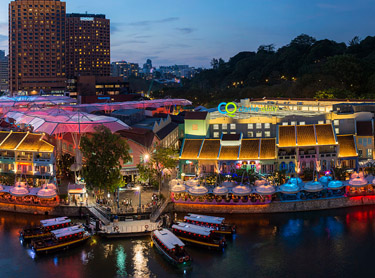 Official Website Official Website |
|
Clarke Quay is a historical riverside quay in Singapore, located within the Singapore River Planning Area. The quay is situated upstream from the mouth of the Singapore River and Boat Quay.
|
| |
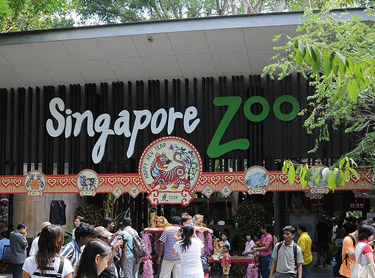 Official Website Official Website |
|
The Singapore Zoo , formerly known as the Singapore Zoological Gardens and commonly known locally as the Mandai Zoo, occupies 28 hectares (69 acres) on the margins of Upper Seletar Reservoir within Singapore’s heavily forested central catchment area. The zoo was built at a cost of S$9m granted by the government of Singapore and opened on 27 June 1973. It is operated by Wildlife Reserves Singapore, who also manage the neighbouring Night Safari and the Jurong BirdPark. There are about 315 species of animal in the zoo, of which some 16 percent are considered threatened species. The zoo attracts about 1.6 million visitors each year.
From the beginning, Singapore Zoo followed the modern trend of displaying animals in naturalistic, ’open’ exhibits with hidden barriers, moats, and glass between the animals and visitors. It houses the largest captive colony of orangutans in the world. In 1977, primatologist Dr Francine Neago lived inside a cage with eighteen orangutans for six months to study their behavior and communication.
|
| |
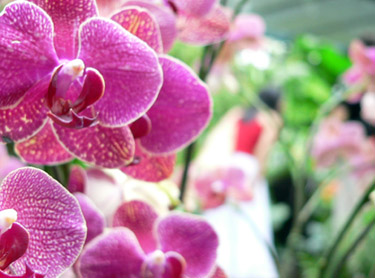 Official Website Official Website |
|
On July 4th 2015, The Singapore Botanic Gardens (the Gardens) has been inscribed as a UNESCO World Heritage Site at the 39th session of the World Heritage Committee (WHC) in Germany, Bonn.
The Singapore Botanic Gardens is a 74-hectare (183-acre) botanical garden in Singapore. It is the only botanic garden in the world that opens from 5 a.m. to 12 midnight every single day of the year, and does not charge an admission fee, except for the National Orchid Garden. The garden is bordered by Holland Road and Napier Road to the south, Cluny Road to the east, Tyersall Avenue and Cluny Park Road to the west and Bukit Timah Road to the North. The linear distance between the northern and southern ends is around 2.5 km (1.6 mi).
|




